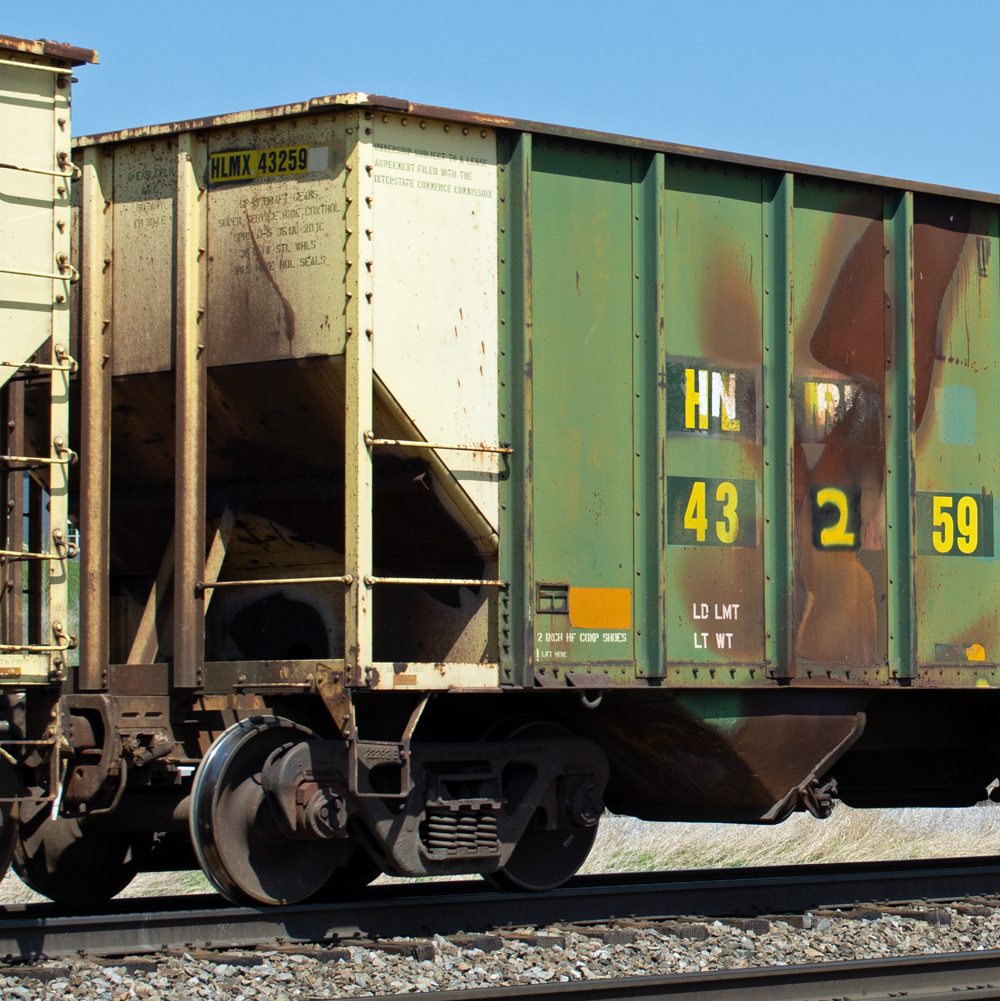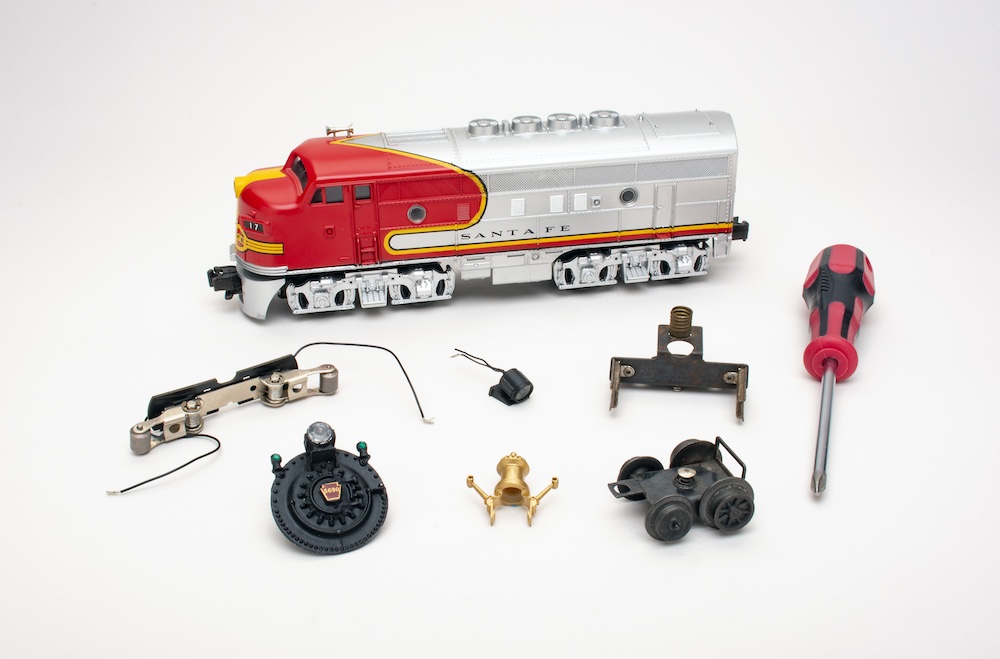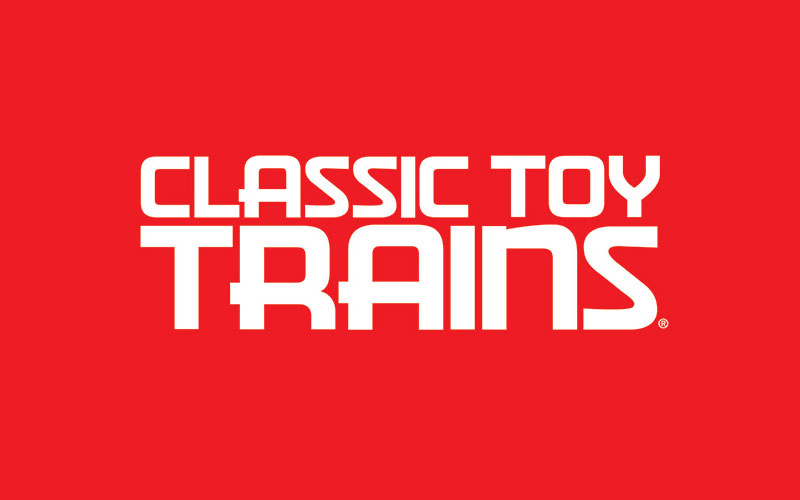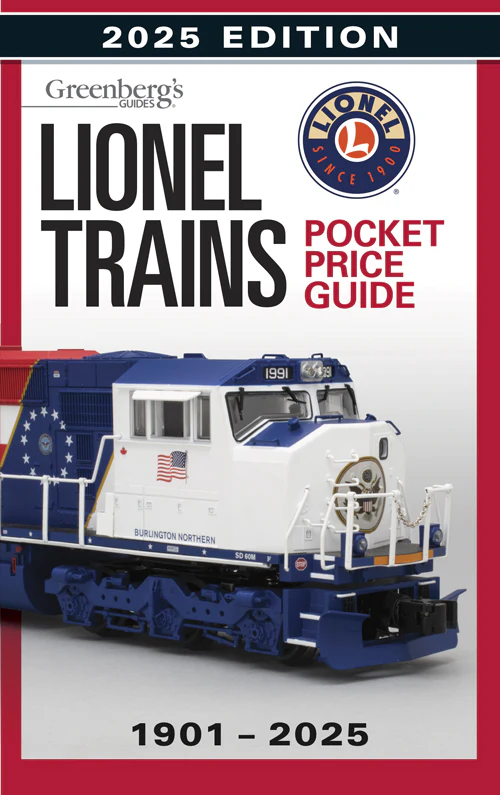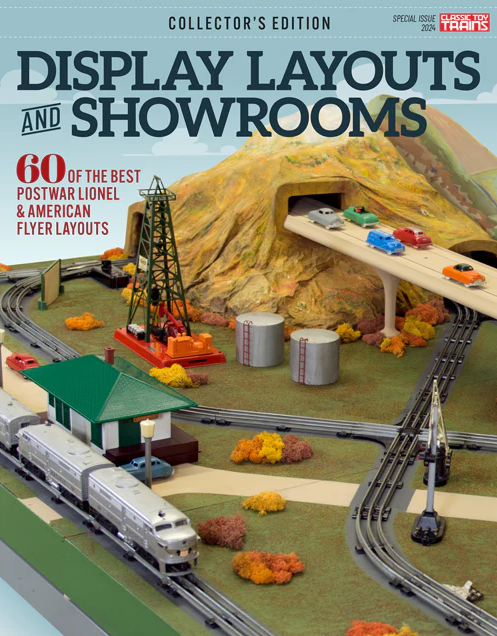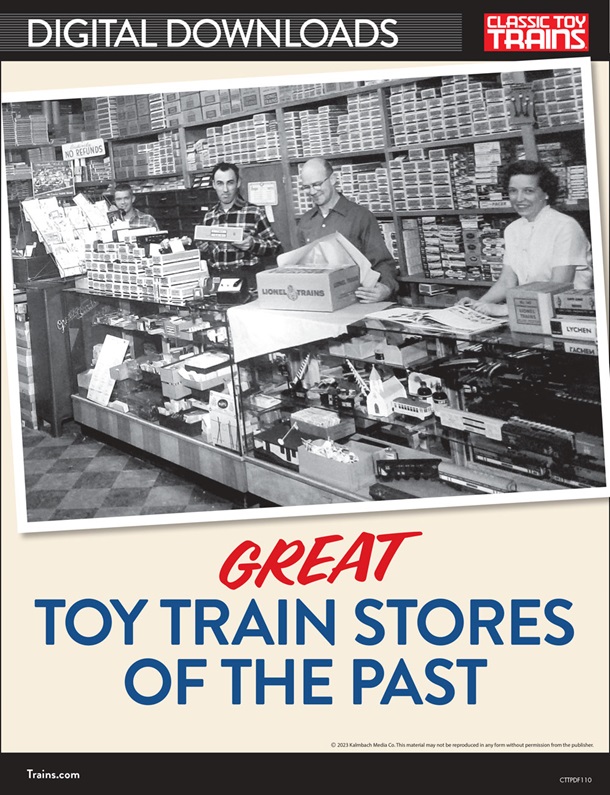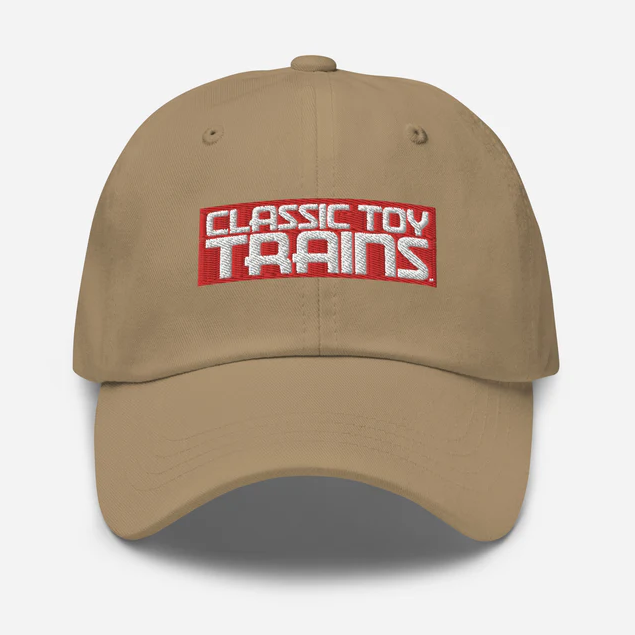I began collecting O and 027 gauge trains in middle school. Like many toy train enthusiasts, the trains were eventually packed away for various reasons. Years later, I unpacked my Lionel and Marx collection.
It had been a long time since I had seen these trains. I unpacked mostly postwar and modern 2-4-2 outline steam locomotives, gondolas, SP-style cabooses, and flatcars, with just a few diesels, tank cars, hoppers, boxcars, and one lone passenger car. Many were in questionable condition.
I’ve done a lot of thinking about my collection since then, and have put together these tips for newcomers.
Consider your needs first
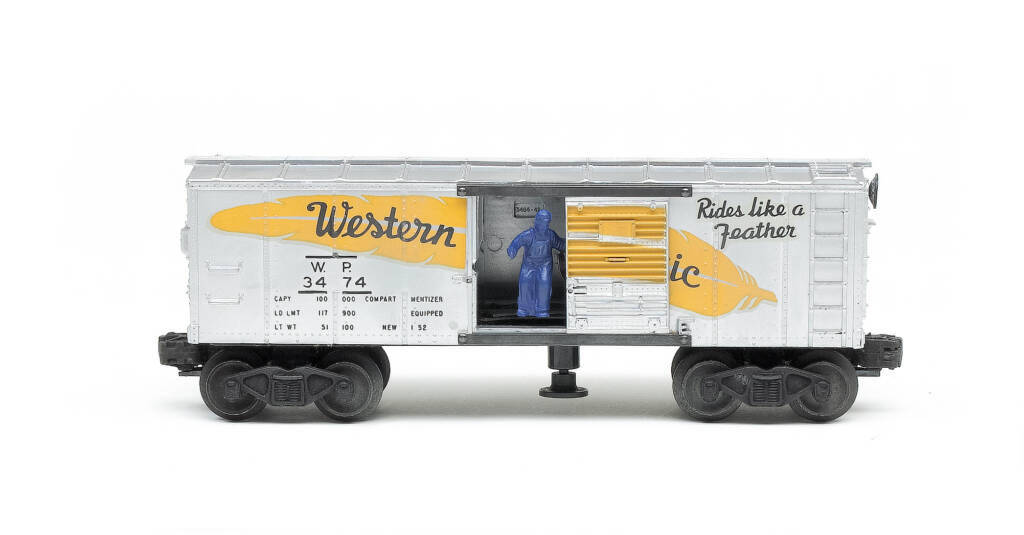
Think about what you really want first. I wish I had thought more about what I wanted before I started collecting trains. I was young and didn’t have much money, so I bought whatever was cheap. It is easy to go to a train show or a hobby store and take whatever is “below the table” because it’s the cheapest.
I’m not saying this is wrong (this can be useful for obtaining parts), but you may end up with a lot of the same thing. In buying just what was cheap, I also accepted rolling stock in questionable condition: warped car-bodies, broken couplers, large chips, etc.
If I’d spent just a few more dollars, I could have gotten the same piece in better condition or perhaps purchased a boxcar instead of another gondola. One nicer piece of equipment that you really like might be better than three or four you feel “ok” about.
Similarly, try to avoid buying the first thing you see at a train show or clicking the “Buy it now” button on the first item you come across on an online auction. I would only buy quickly if you know that it’s a good deal.
Maintain your collection
When I took out my trains after 10+ years, I had not dusted them in a while, even before packing them away, and that dust was caked on. If you unpack trains without boxes, be careful of small parts that could escape and find their way into corners.
Maintain and service your operating accessories and locomotives. I learned how to lubricate locomotives and was surprised at how well a train can run with just a few drops of oil. [See resource list at the end of this article for more information on maintenance. —Ed.]
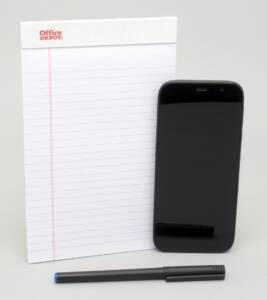
Make an inventory
This can be done formally or informally, either on paper or by using software or an app. This can be useful for insurance purposes or for knowing what you have before you make your next purchase.
Repurpose those extra cars
So you have way more gondolas and SP-style cabooses in questionable condition than you’d like? What if you can’t sell them? You could give them to a new hobbyist.
You can also learn how to do repairs. Maybe this is the time to repair broken couplers or do paint restorations. You can also create a custom car. In preparation for Halloween, for instance, I took two black MPC flatcars and glued small jack-o’-lantern candy baskets on top. I now have my own Halloween train!
Keep learning
If you made a purchase and don’t know much about it, learn more! One of my favorite items is the No. 221 2-6-4 Dreyfuss black steam locomotive from 1947. I had seen this locomotive at a train show and loved its sleek style. Later I found one at a good price. I did some research and found that the gray 1946 version pulled a set of three blue passenger cars (two No. 2430 Pullmans and one No. 2431 observation). I did some research on those, and while maybe not technically correct for the 1947 version, I thought they would look great behind my No. 221. They’re truly some of my favorites to run.
Keep reading CTT and books, watch videos, participate in forums, join clubs, etc. You will learn more about trains, gain insight into improving your collection and layout, get leads for parts and more equipment, and make new friends and acquaintances.
Resources
Do it yourself locomotive restoration
How to lubricate modern steam locomotives
How to lubricate modern rolling stock
How to lubricate postwar locomotives






